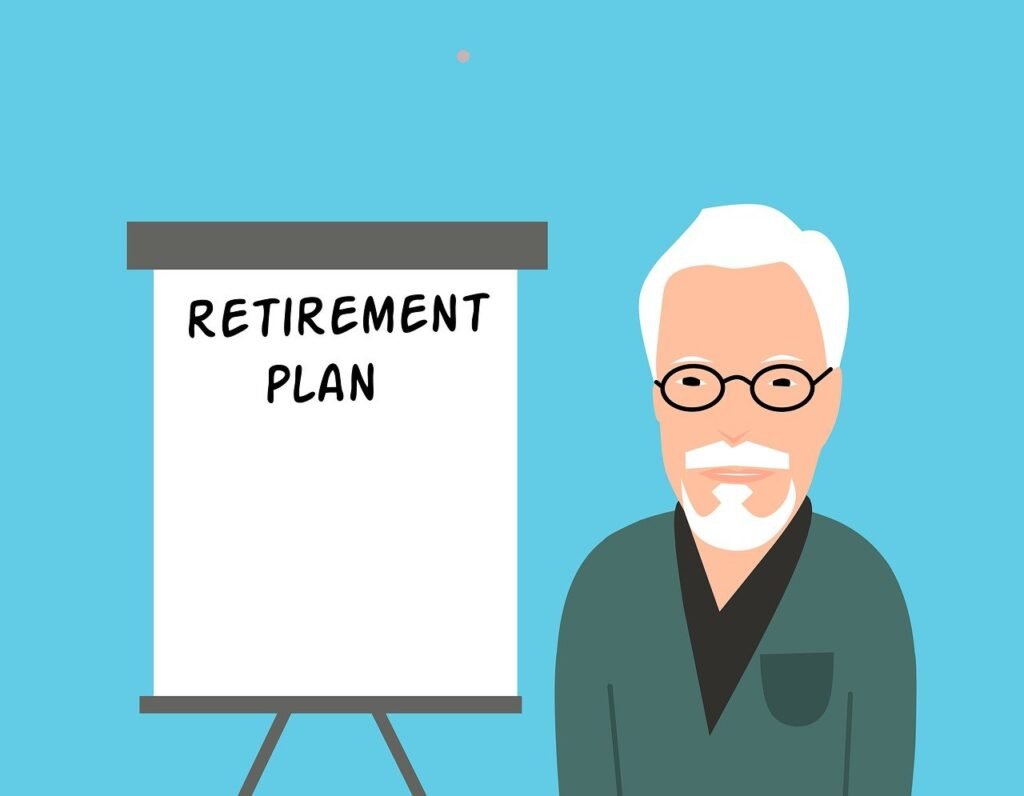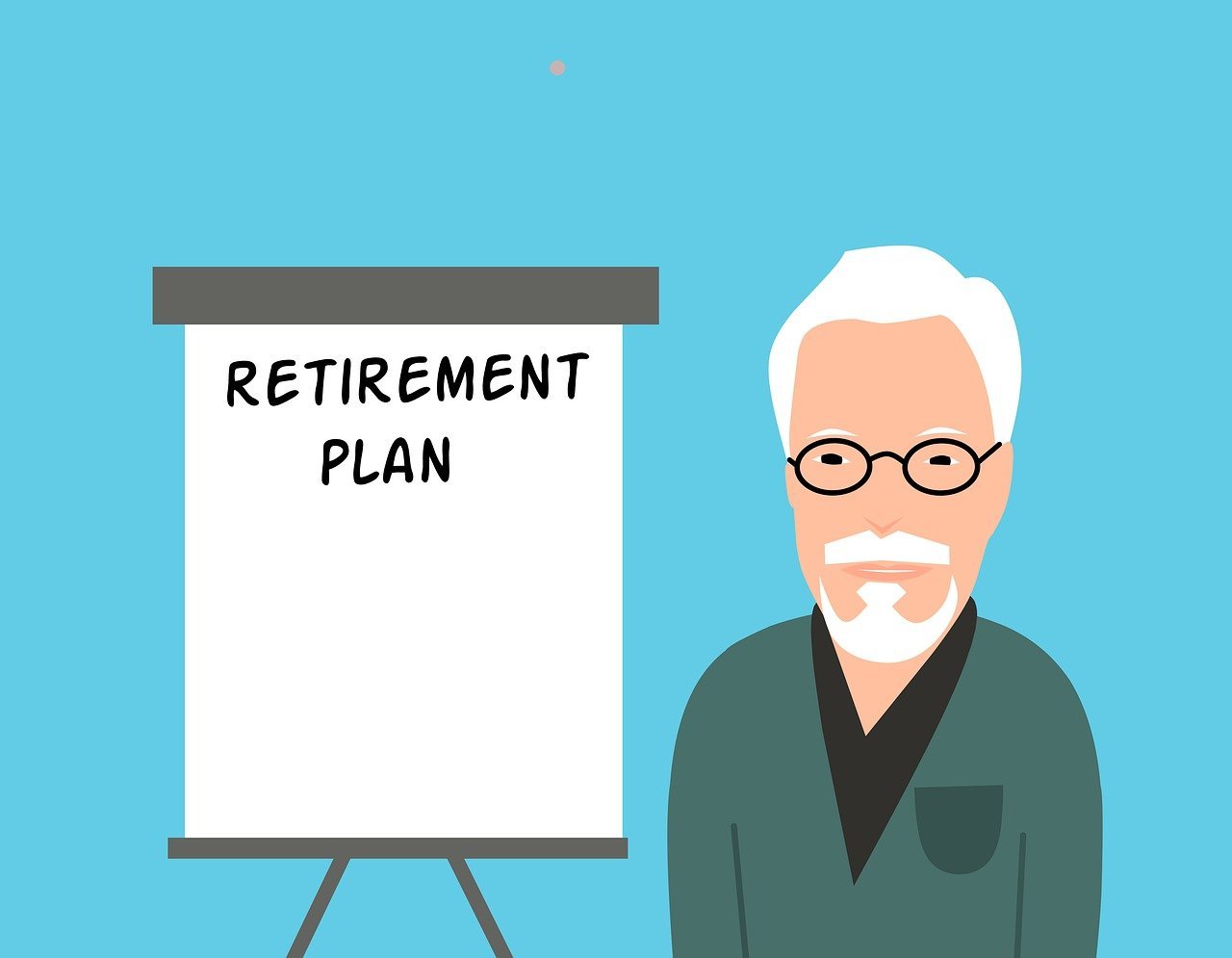Have you ever found yourself pondering the question, “Can I retire at 62 with a $400,000 401(k)?” This is a question many people ask as they approach retirement age. Before you decide, you need to consider various factors like how much you’ll need annually, other potential income sources, and your expected lifespan. Let’s take a closer look at what retiring at 62 with $400,000 in your 401(k) might look like.
Understanding Your Current Financial Situation
First and foremost, it’s essential to have a clear picture of your current financial situation. Your 401(k) is a significant asset, but it shouldn’t be the only one. Consider any other investments, savings, or income streams you may have. Knowing the full scope of your financial landscape is crucial for making informed decisions.
Assess Your Living Expenses
To determine if you can retire comfortably on $400,000, you need to understand your anticipated living expenses post-retirement. Calculate your current monthly expenses and consider how they might change. Typically, certain costs may decrease, such as commuting expenses, while others like healthcare might increase.
The 4% Rule
The 4% rule is a common guideline for retirement withdrawals. It suggests that you can withdraw 4% of your portfolio each year to ensure your savings last for 30 years. For a $400,000 portfolio, this translates to $16,000 annually. Is this amount sufficient for your needs? Consider this amount in conjunction with other income sources.
Evaluating Other Income Sources
Besides your 401(k), identify other income streams you may have in retirement. These can play a significant role in your financial security, allowing your savings to last longer.
Social Security Benefits
Social Security is a critical part of most retirement plans. Depending on your earnings history, the age at which you begin to take benefits will affect how much you receive monthly. If you retire at 62, you’d be receiving a reduced amount compared to waiting until full retirement age or later.
Pensions and Annuities
If you have pension plans or annuities, now is the time to factor them into your calculations. Such steady income streams can supplement your 401(k), reducing the burden on these savings.
Income from Investments
Consider dividends, rental properties, or other investments that can offer regular income. Having diverse sources reduces pressure on your 401(k) and increases financial stability.

This image is property of pixabay.com.
Estimating Your Lifespan and Health Costs
Another factor to consider is the longevity of your life and health. Both can significantly impact your financial needs during retirement.
Life Expectancy
Predicting how long you’ll live is hardly precise, yet it is an essential aspect of retirement planning. It affects not just how much you need to save but also how you should invest and spend your money. Consider your family history and current health conditions to estimate your life expectancy.
Healthcare Expenses
Healthcare costs tend to rise with age. Medicare starts at 65, but you’ll need a plan to cover the gap if you retire at 62. Consider purchasing healthcare coverage and including these premiums in your retirement budget.
The Impact of Inflation
Inflation slowly decreases the purchasing power of money. Over time, what you need to maintain your lifestyle will increase due to inflation. While the 4% rule accounts for some inflation, unexpected economic changes can alter the scenario. Therefore, having flexibility in your plan is beneficial.

This image is property of pixabay.com.
Investment Strategy Post-Retirement
Your investment approach should change once you retire. Emphasis often shifts from growth to income and preserving capital.
Diversifying Your Portfolio
A diversified portfolio can help minimize risks. A mixture of stocks, bonds, and other investment vehicles can provide stability while also offering opportunities for growth.
Risk Tolerance
Your risk tolerance typically decreases as you retire. Ensuring your investments align with this lower risk tolerance can protect your principal investments.
Periodic Reviews and Adjustments
It’s essential to review and adjust your retirement plan as needed. Markets fluctuate, personal situations change, and healthcare needs may unexpectedly arise. Regular check-ins can ensure you remain on track.
Potential Lifestyle Changes
Sometimes, aligning your lifestyle expectations with your financial reality makes all the difference.
Downsizing Your Home
Depending on your housing situation, downsizing could be a viable option for freeing up extra cash. It can also reduce monthly expenses in terms of utilities and maintenance.
Relocating to a Less Expensive Area
Living in a more affordable city or state can make your 401(k) last longer. Research locations with lower living costs that still offer the quality of life you desire.
Adopting a Frugal Lifestyle
Small changes in daily life — eating out less, traveling during off-peak seasons, or finding free or low-cost entertainment options — can add up over time and help stretch your retirement dollars.

This image is property of pixabay.com.
Planning for the Unexpected
The best plans include preparations for unforeseen events. Life is unpredictable, and having a safety net is essential.
Emergency Fund
An emergency fund separate from your 401(k) is essential for unexpected expenses. Aim to keep at least six months’ worth of living expenses in a liquid account.
Insurance Coverage
Ensure you have adequate insurance coverage for health, property, and any liabilities. This preparation can prevent a financial disaster from major unforeseen events.
Consulting Financial Advisors
Sometimes it helps to seek professional guidance. A financial advisor can provide personalized advice that aligns with your financial and lifestyle goals.
Selecting a Qualified Advisor
If you decide to hire a financial advisor, look for those with credible certifications and check their track record. They can help add value by offering tailored investment strategies and retirement plans.
Understanding Fees
Be sure to understand how your advisor is compensated — whether it’s commission-based, fee-only, or a combination of both. This understanding helps ensure there are no surprises later on.
Conclusion
Retiring at 62 with a $400,000 401(k) is a complex decision with many moving parts. While it is possible, whether it’s feasible depends on multiple factors such as your lifestyle, investments, and additional income sources. Understanding and adjusting these elements and regularly revisiting your plan with situational awareness can contribute toward a successful retirement. You deserve a fulfilling retirement, and with careful planning, it is within reach.

